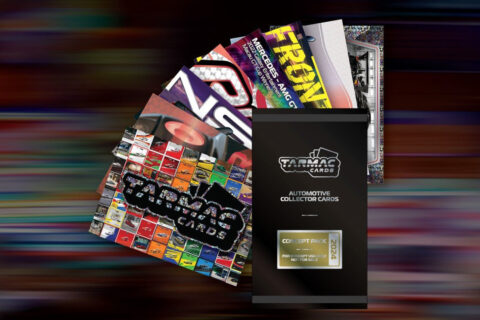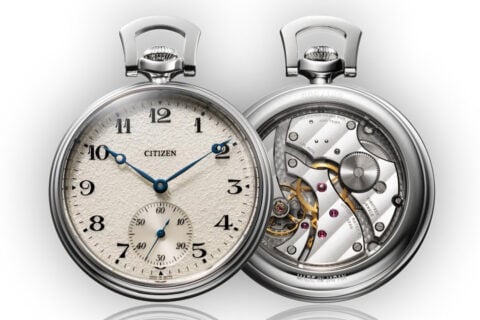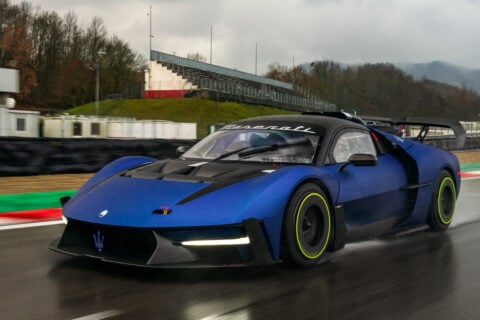In our parent’s generation, the “Super 8” is considered to be as revolutionary as our modern day smart phone or digital camera. The improved 8mm conventional film that it uses offers users with a wider and larger shooting area on the same size of negatives. Even though it is not a product which has widespread to the point that everybody owned one, it still became the go-to tool for shooting home videos with, because it was cheaper than the 35mm and the 16mm negatives. It also gave birth to a lot of independent and avant-garde films, making it one of the important names in the history of movie making.
In 2009, the news spread that Kodak has decided to discontinue the production of the Kodachrome negatives, as if it is saying goodbye to the film era. Yet, who would’ve guessed that 8 years later, at this year’s CES, Kodak would suddenly announce they will be re-producing the “Super 8” series, a product which was eliminated back in 1997? The reproduction of the “Super 8” will come in two versions, including the 1965 vintage tribute “Super 8” and the modernized model by Yves Béhar. The former version has an octagonal shape, and is offered in two colorways including yellow and white, and the latter has a cylindrical appearance in carbon black. The choice of color and silhouette makes the design very up-to-date.
Many people are concerned with the functionality of the reproduced “Super 8”. Even though it is implemented with a lot of 21st century digital configurations and technology, such as a 3.5 inch LCD display, an SD card slot, a USB and HDMI port, and shooting configurations at a 9fps, 12fps, 18fps, 24fps and 25fps frame rate, its LCD display is purely made for view finding. To compensate for Super 8mm film’s lack of audio track, the reproduced “Super 8” also includes a sound recorder, which directly saves the audio information onto the SD card memory. After the user has shot the video, he or she can send the negatives back to Kodak for converting it into digital files, or simply view the negatives through a projector.
The reproduced “Super 8” will be available for sale during the second half of this year, at a price ranging between USD $400 to USD $750. The printing fee of the Super 8mm negatives will range between USD $59 to USD $75. Most people might find this to be a bit expensive, but memories can never be tagged with a price tag, so I suppose this opportunity of re-experiencing history is well worth the investment.






